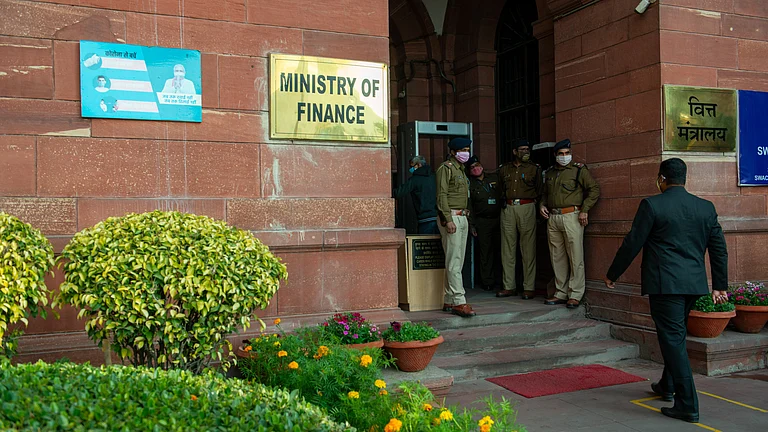Union Budget 2025 Date: By now, February 1 is circled on many calendars, as Finance Minister Nirmala Sitharaman is all set to present the Union Budget in Parliament on the date. For the auto industry, hopes remain high, especially as the EV space managed to garner heightened attention last year. Not just in terms of adoption but also due to the social media mayhem between big EV players.
2025 will be a major year for India's EV space as many automakers are set to launch their new electric models, especially in the premium sector. But fighting out the demand woes remains a major challenge. Last year, the automobile industry witnessed record levels of inventory which became a concerning point for several companies. The festive season did bring some hope, but that too failed to bring the much-needed cheer the industry needed.
And amidst all this, India has already set an ambitious goal of capturing a 30% share of electric vehicles (EVs) in new car sales by 2030. Currently, the EV market in India remains relatively small, holding a 2.5% share of the total 4.3 million cars sold in 2024.
While demand might not be the only culprit behind limited market share, lack of expansive infrastructure for EV charging and complexity in the tax structure of auto components are also acting as a major barrier.
"One of the most significant issues in the auto sector is the complexity and inconsistency in the classification of auto parts, components and finished vehicles under the HSN," Rajat Mahajan, Partner, Deloitte India said in a blog post.
"Different auto components, such as engines, chassis and batteries, fall under different chapters, resulting in increased complexities and incorrect classification, especially by companies dealing with auto components," he added.
Plus, the existing tax relief policies only apply to core electric vehicles, leaving Hybrids way behind as they still fall under the highest GST slab of 28%. Add on other duties and cesses, the final effective tax rate can go as high as 48%.
All these factors combined are likely to create a challenging sphere for the domestic EV market, but not more than the dragon nation, China, which dominates this market.
The Dragon play in India's EV Dream
Batteries and electronic drive units are the biggest cost-consuming components in EVs, making up about 50% of the overall price. Unlike traditional internal combustion engine (ICE) cars, EVs rely heavily on these components and here, China currently dominates the production game. India is trying to tackle out this dominance by building its own battery production via initiatives like PLI for advanced chemistry cells (ACC).
"Currently, OEMs outsource 75% of their battery needs, but backward integration is set to push this to 50% by FY30, driven by alliances and JVs rather than purely organic efforts," SBICAPS stated in its report on electric mobility.
Industry players believe incentivising local manufacturing of essential components is necessary to boost self-reliance in the sector.
"We urge the government to introduce policies that incentivize local manufacturing of critical EV components, including batteries and powertrains, to strengthen domestic capabilities. Rationalizing GST rates on EVs and components, especially battery-swapping solutions, can further enhance affordability and accessibility," said Hyder Khan, Director and CEO, Godawari Electric Motors.
Besides this, the industry is also advocating the extension of similar benefits and incentives currently available for EV purchases to last-mile logistics services. This will not only boost the switch to electrification but also result in organic growth in EV-led logistics. "A per km or kg CO2 subvention scheme to incentivize aggregators to expand their EV fleets via government programs (like Gati Shakti, FAME II and PLI) would be beneficial. Specifically, a per-kilometer or per-CO2 emission subvention would provide an incentive for usage, in addition to the current incentives for purchasing EVs," said Akash Gupta, Co-Founder and CEO of Zypp Electric.

































